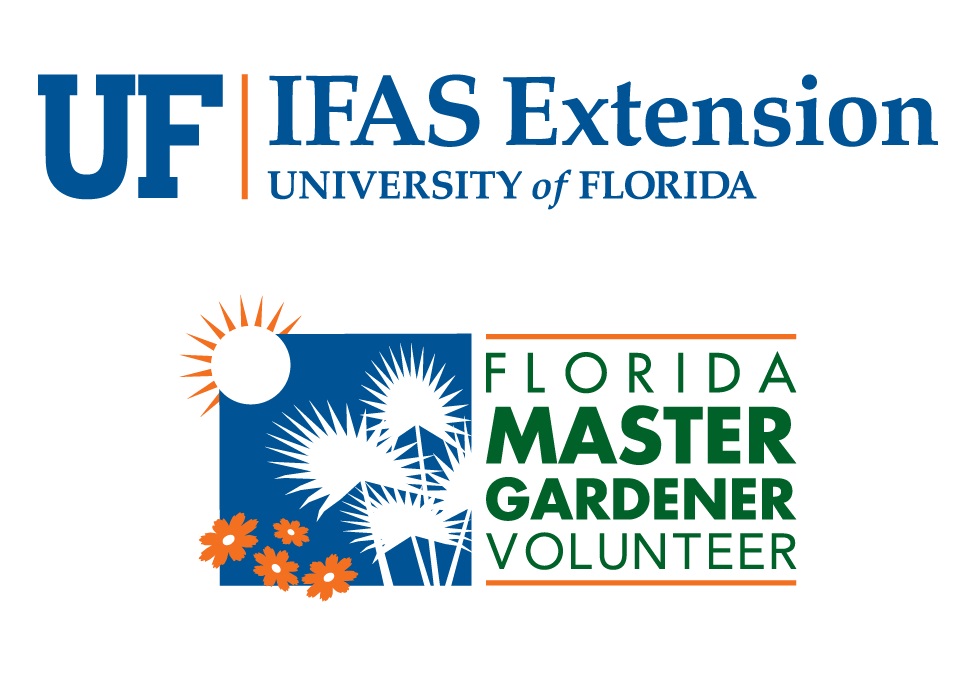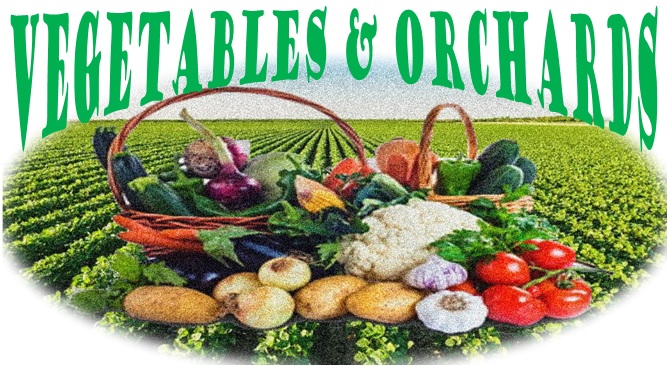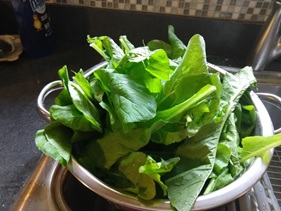Ask Master Gardener Volunteer Linda Clemens


One of the first things that we plant in our fall garden is a mild, heat resistant green called mustard spinach, also known as tendergreen mustard or komatsuna. Mustard spinach is a tender, flavorful green, neither mustard nor spinach, but with the best characteristics of both. The leaves are smooth and dark green, with a mild mustard flavor and tender texture when cooked.

Mustard spinach is more heat tolerant than most of the greens we plant. This year, we planted our mustard spinach at the end of August. We usually try to time our planting before the rains stop in September, but when it looks like the hot weather will be moderating soon. This year, we guessed right and sat down to our first pot of mustard spinach greens on October 8.
In our sandy soil, we have found it best to plant our greens in a bed amended with composted tree trimmings and mulch. Greens cook down, so make sure you plant enough! Two 20 foot rows will provide our family of two with enough greens to eat once or twice a week, with enough to give away. With enough rain, or supplemental watering, the seeds will sprout in three to four days. The plants need ample amounts of water to grow quickly, and we generally apply a light side-dressing of ftwo to three times as the plants grow. I like to use 10-10-10 with micronutrients, and apply the fertilizer when the plants turn pale green and grow more slowly. This early in the season, caterpillars can be a problem. We inspect the plants daily and use BT (Bacillus thuringiensis) spray if we see caterpillars eating the leaves.

Harvest can usually start about 40 days after planting. Pick the outer leaves as they grow large enough to use. Plants are usually finished and starting to bolt by the end of December. By that time, our more cold hardy greens (kale, collards, Florida Broadleaf mustard and turnips) are in production. We till in our spent rows of mustard spinach and start thinking about planting potatoes or onions in that space.
Mustard spinach is usually hard to find in the local seed and hardware stores. I order the seeds online from one of the heirloom seed companies.
For more information about growing greens in north Florida, see the IFAS article on greens at: https://gardeningsolutions.ifas.ufl.edu/plants/edibles/vegetables/greens.html.
If you have any questions or suggestions for future articles please email to wakullamg@ifas.ufl.edu
| The Institute of Food and Agricultural Sciences (IFAS) is an Equal Opportunity Institution authorized to provide research, educational information, and other services only to individuals and institutions that function with non-discrimination with respect to race, creed, color, religion, age, disability, sex, sexual orientation, marital status, national origin, political opinions, or affiliations. U.S. Department of Agriculture, Cooperative Extension Service, University of Florida, IFAS, Florida A&M University Cooperative Extension Program, and Boards of County Commissioners Cooperating |
 0
0
